Simon of Verhoturje
egg tempera on panel, cm. 22.4×17.5
Central Russia
Rare image of Saint Simon of Verhoturje, a subject that is difficult to find.
Saint Simeon was born around 1607 into a noble family in the European part of Russia. After the death of his parents, he came to Siberia and settled on the eastern slopes of the Urals in the town of Verhoturje, then moved to the village of Merkušino, fifty kilometers from Verhoturje. He spent most of his short life in the vicinity of Merkušino and died around 1642.
He always hid his noble origin, his distinctive feature was existential simplification. He lived in the narrowness of poverty, wandered from village to village and sewed winter coats for both wealthy people and poor peasants, but always for free, accepting in extreme cases only a little food for the journey. If the customer insisted on paying, Simeon did not finish his work, but only barely, so that the customer could do it on his own and no one would notice; at daybreak he left.
The rivers of Siberia and the Urals were always rich in fish. Simeon often lived by fishing, especially in the summer. He liked fishing very much, it reminded him of the life of Christ and the apostles. He never stocked up on fish, each time catching only enough for a modest dinner. For fishing and prayer he preferred a rocky place on the bank of the Tura River (Verhoturje means “upper Tura”). Now the place is known as “Simeon’s stone”, it is an object of pilgrimage. Today on this stone you can often see a bunch of flowers or a candle stuck in a crack. Thanks to prayers to St. Simeon many people were healed from eye diseases, toothache, paralysis. But there are testimonies that St. Simeon not only healed the sick, but also helped escape Russian prisoners captured by the nomads of the Bashkir people who in the eighteenth century still made raids on Russian settlements in the southern Urals. On September 12, 1704, Simeon's relics were transported from Merkušino to the Monastery of St. Nicholas (Nikolaevsliy) in Verhoturje.















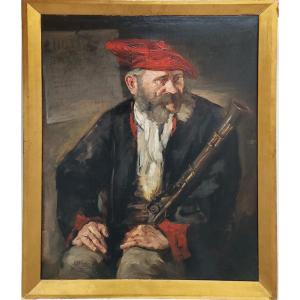
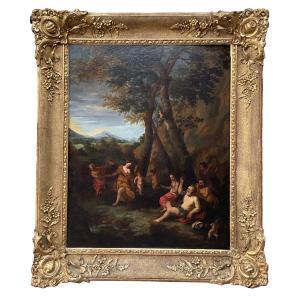



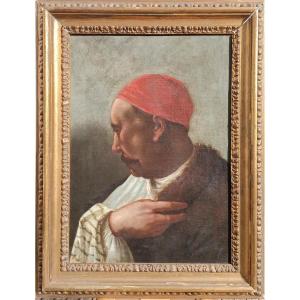
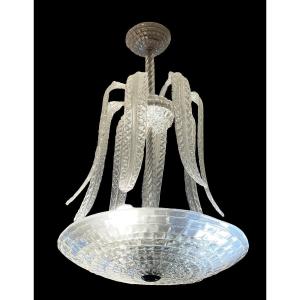



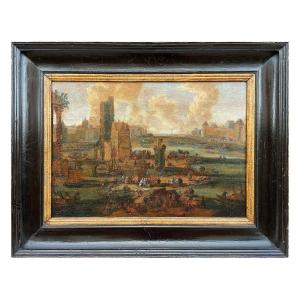
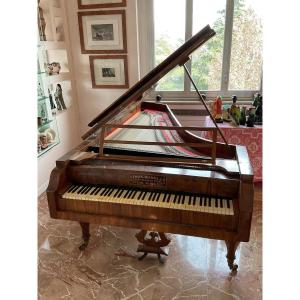
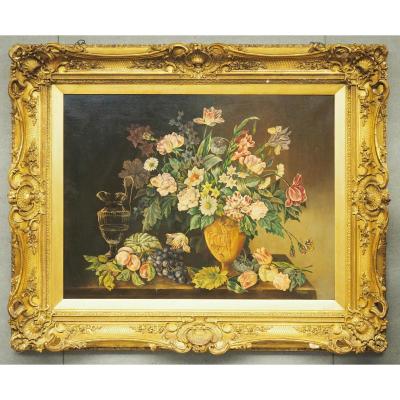
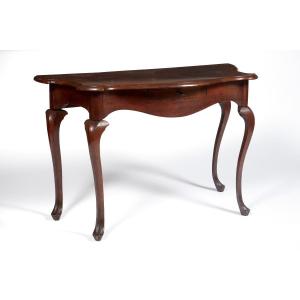
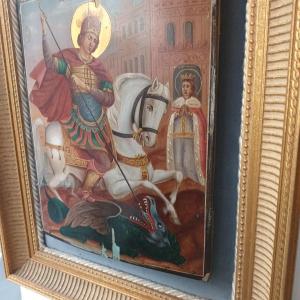

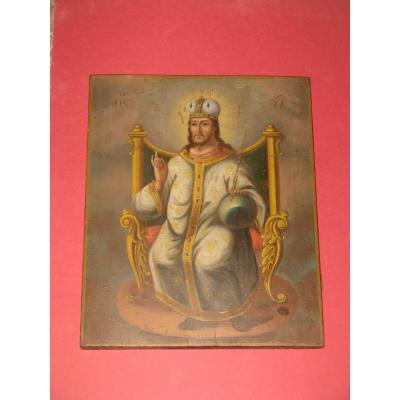

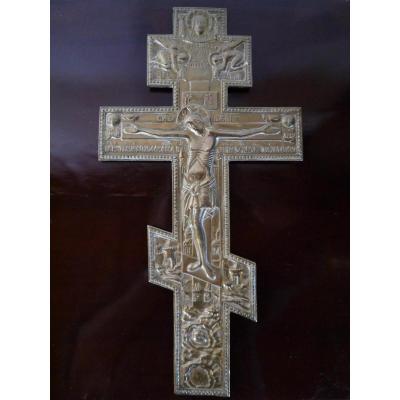



 Le Magazine de PROANTIC
Le Magazine de PROANTIC TRÉSORS Magazine
TRÉSORS Magazine Rivista Artiquariato
Rivista Artiquariato